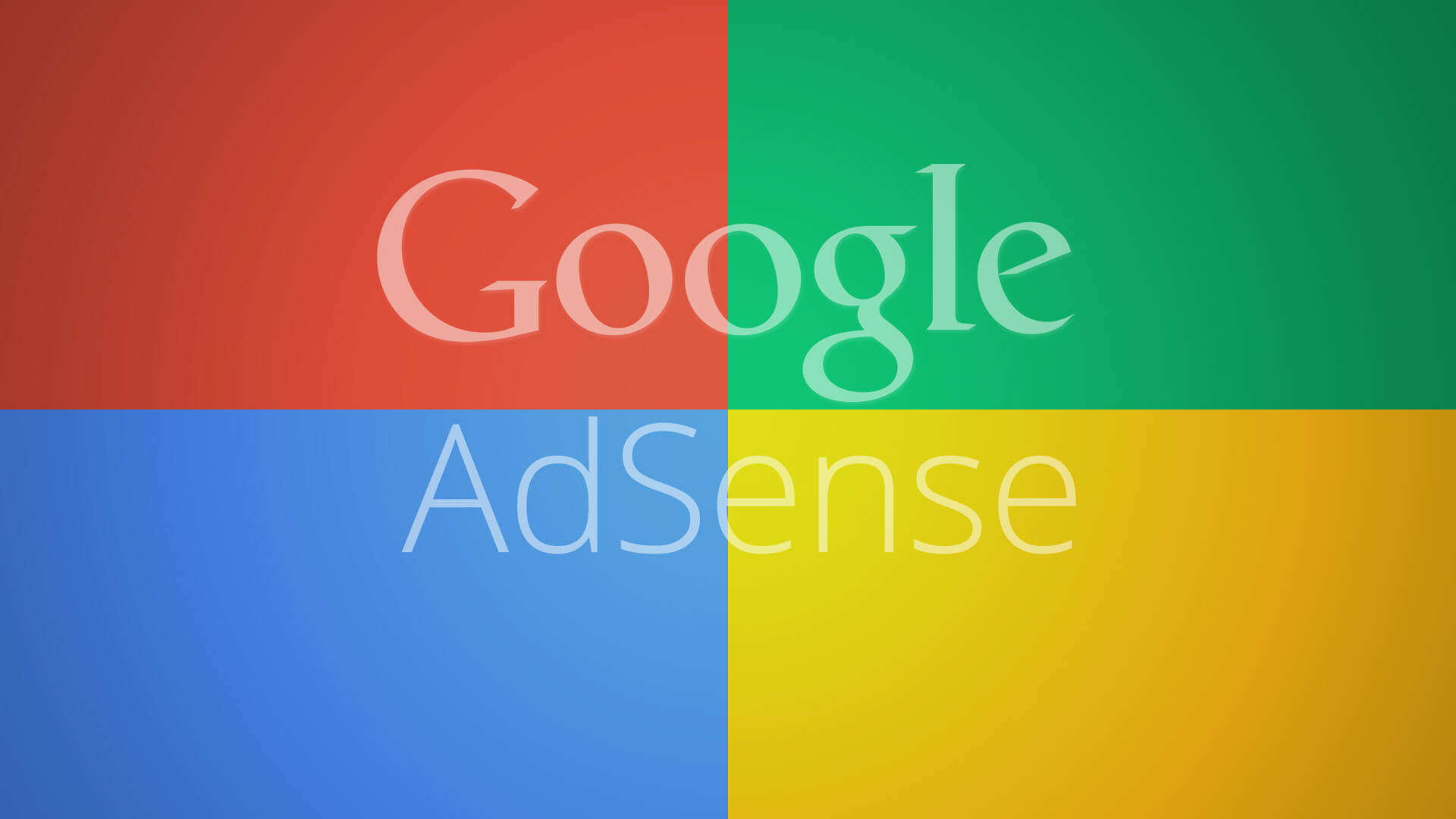 Introducing the New Ad Intents Format for Auto Ads by Google AdSense
Introducing the New Ad Intents Format for Auto Ads by Google AdSense
Google AdSense users now have another option when it comes to displaying Auto Ads on their websites. In addition to the overlap and in-page formats, publishers can now choose to have Auto Ads show as “ad intents” through the platform. But what exactly are ad intents and how do they work?
Ad intents are an intent-driven format that places links and anchors into existing text and pages on your site that are related to your content. This means that instead of traditional display ads, users will see links within the text that lead them to a Google Search Result page containing both organic results and paid ads.
To give you a better idea of what this looks like, here are some examples that Google has shared:
Ad intent anchor: [example anchor text]
Ad intent link: [example link]
The introduction of this new format has raised some concerns among publishers. While it could potentially mean more revenue for those who opt into Auto Ads, there is also the risk of losing customers along the way. With users being redirected to a Google SERP instead of a publisher’s placement ad, there is a chance that they may get distracted or lose interest before making a purchase.
However, it’s important to note that this new format is entirely optional for publishers. Google has made it clear that publishers can choose whether or not to opt into ad intent links. This means that if you prefer to stick with the traditional display ads or other formats, you have the freedom to do so.
In response to accusations of Google stealing traffic share from sites on the SERP, Ginny Marvin, Google Ads Liaison, stated that this new format is opt-in and entirely optional for publishers. She explained that publishers can choose to convert existing text on their page into links or use ad intent anchors that place anchors at the bottom of the page.
Overall, the introduction of the new ad intents format for Auto Ads by Google AdSense offers publishers more options when it comes to displaying ads on their websites. While it may come with some potential drawbacks, such as the risk of losing customers along the click journey, it also presents an opportunity for increased revenue. Ultimately, it is up to individual publishers to decide whether or not they want to take advantage of this new format.
About the author:
Anu Adegbola has been the Paid Media Editor of Search Engine Land since 2024. With a wealth of experience in delivering digital marketing campaigns and maximizing ROI, she is well-versed in the world of paid search, paid social, retail media, and video. In addition to her role at Search Engine Land, Anu is also the founder of PPC networking event – PPC Live and a brand evangelist at ClickTech. She is an international speaker and has presented at various industry events around the world.
